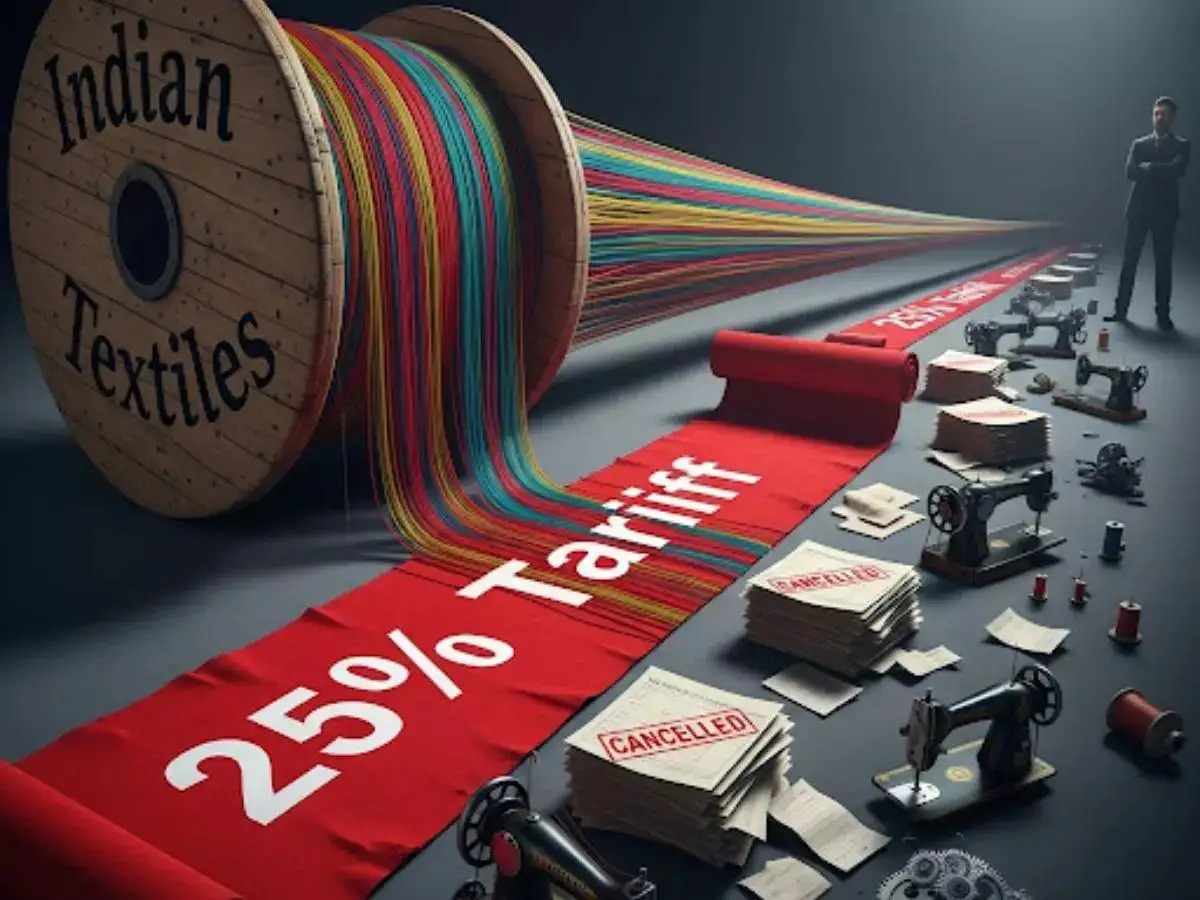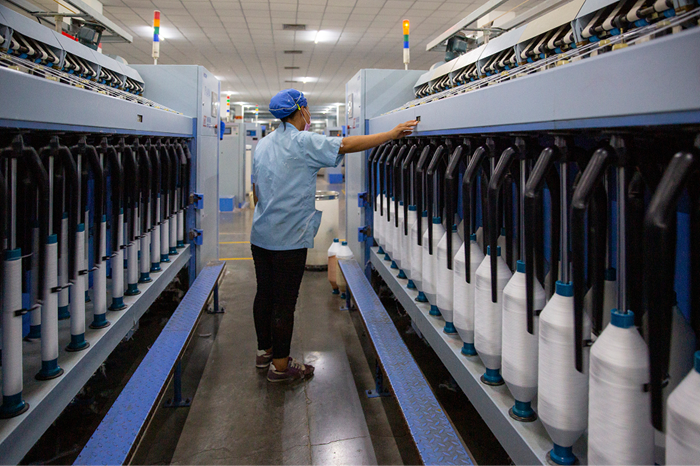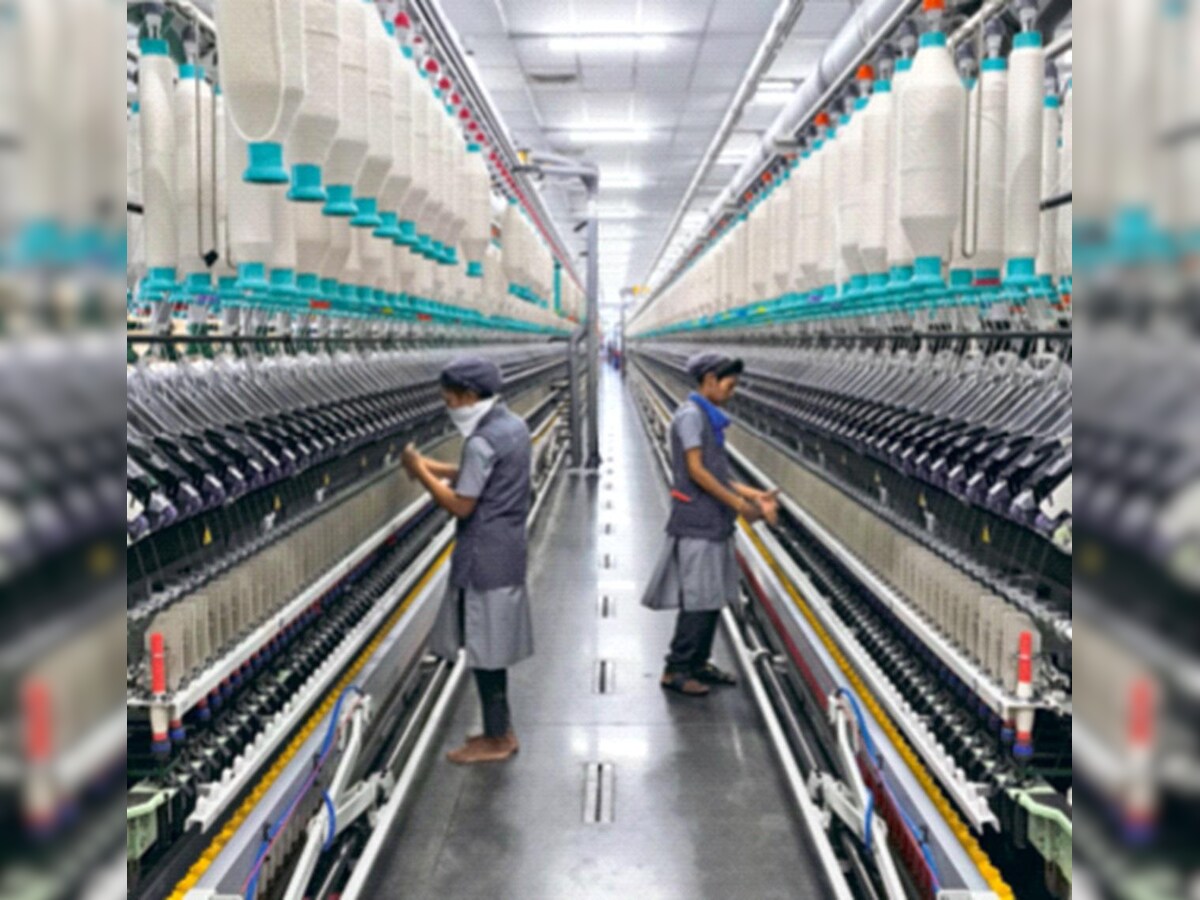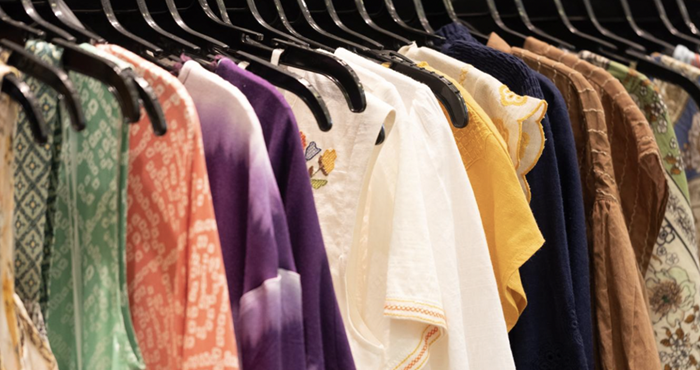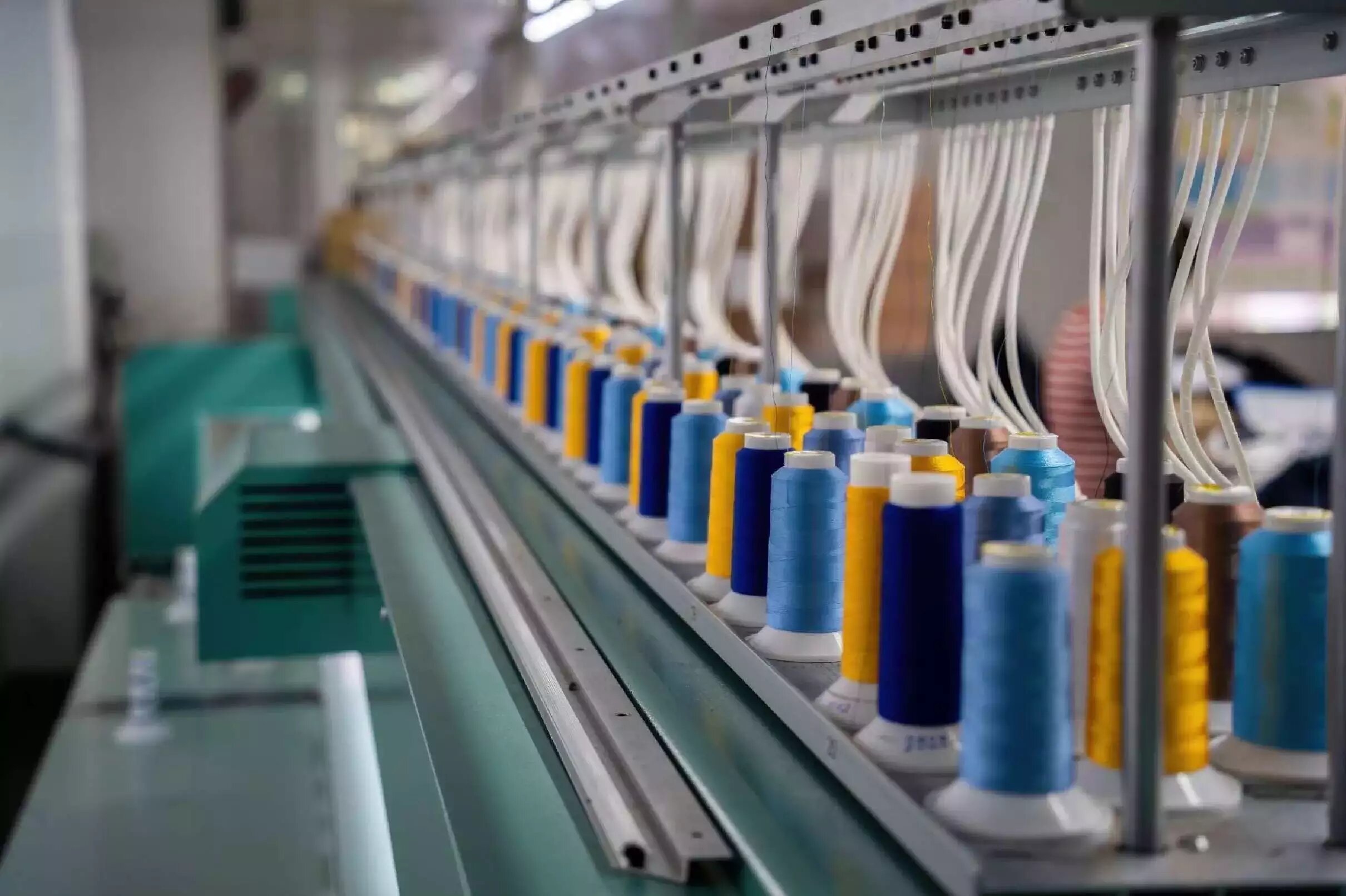
The Union Budget 2025-26 has delivered a mixed bag of outcomes for the textile, apparel, and retail sectors, with some initiatives receiving enthusiastic applause while others await further clarification. A clear theme resonating throughout the budget is the government's emphasis on bolstering domestic manufacturing, particularly within the MSME sector, and enhancing cotton productivity.
Textiles: A focus on cotton and domestic production
The textile industry has received a significant boost with the announcement of a five-year "Cotton Productivity Mission." As Prabhu Dhamodharan, Convenor of the Indian Texpreneurs Federation (ITF), Coimbatore, points out, this mission is "a vital initiative to improve cotton yield in India" from the current 450-500 kg per hectare to a targeted 1,000 kg per hectare. This "time-bound mission, driven by advanced technology and scientific support," aims to not only boost farmer income but also, crucially, ensure "raw material security for the Indian textile and apparel sector." This sentiment is echoed by Sanjay Jain, Group Chief Executive Officer of PDS Ltd., who is "pleased with the inclusion of enhancing Extra Long Staple (ELS) Cotton Productivity" in the mission. He believes this will "foster production of superior quality raw material for the textile industry, strengthen India’s traditional textile sector, boost exports, and reduce dependency on imports." The government's commitment to cotton is further underscored by the increased budget allocation for the sector, as noted by sources, rising "steeply from FY 24-25 revised figures of Rs 3342 crores to Rs 5252 crores." This increase, primarily directed towards ATUF & PLI, signifies faster flow of incentive funds to the industry.
Another significant move impacting the textile sector is the revision of customs duty on knitted fabrics. The duty has been revised from "10 percent/20 percent to “20 per cent or Rs115 per kg, whichever is higher” on nine varieties of knitted fabrics," as stated in the budget announcement. This measure, long demanded by the Indian textile industry, aims to control the influx of cheaper imports, particularly from China. Ashok Singhal, a Ludhiana-based textile yarn trader, believes that "at the moment about 70 to 80 percent of HSN codes of knitting fabric imports will be covered for minimum duty of Rs115 per kg. This will restrict import to a great extent.” Sanjay K Jain, Chairman ICC Textiles Committee & Managing Director, TT Ltd, explains that this is "an effort from the government to block evasion of customs duty on knitted fabric by making it 20 per cent or Minimum Import duty on all HS codes.” He further adds that this move is a "PLUS for the local MMF based industry." The Polyester Textile Apparel Association (formerly known as PTA) also highlighted this change, noting that the BCD rate on knitted fabrics under nine tariff lines has been revised to "20 per cent or Rs115 per kg, whichever is higher."
Adding to the positive momentum, the budget also includes the addition of "shuttle-less looms to the import duty exemption list of Technical Textiles Machinery," as mentioned in the budget. This move, also noted by PTAA, is expected to further boost domestic manufacturing and promote the growth of technical textiles, including agro-textiles, medical textiles, and geo-textiles.
Apparel: Riding the MSME wave
The apparel sector, heavily reliant on MSMEs, is poised to benefit from the budget's focus on this segment. Santosh Katariya, President of the Clothing Manufacturers Association of India (CMAI), sees "a huge benefit for the Industry from two angles." He highlights the "measures proposed for MSMEs, especially the Micro Sector," including the increase in various upper limits, as a significant boost. He also believes that the "measures to improve competitiveness of the Export Sector, Domestic Manufacturing Capacities, and Ease of Doing Business will all help give an impetus to Manufacturing." The PTAA also emphasized the enhanced investment and turnover limits for MSMEs, stating that these will be "enhanced to 2.5 and 2 times respectively" to help them achieve higher efficiencies. The enhancements to the credit guarantee cover for MSMEs, including increased credit limits and reduced guarantee fees, will further support the growth of apparel businesses. The introduction of customized credit cards for MSMEs through the Udyam Portal, with a limit of Rs 5 lakh, is another welcome move. The PTA also noted the improved access to credit for MSMEs, including increased credit guarantee cover for micro and small enterprises and startups.
Retail: Consumption is key
For the retail sector, the budget's emphasis on consumption is a positive sign. Katariya notes that the "lowering of Income Tax at various levels will hopefully provide a huge increase in disposable income, increasing consumption." He also points to the "various changes in the TDS and TCS limits" as contributing to increased consumption.
Dhamodharan of ITF believes that the "revisions in income tax slabs and exemptions are a positive step to boost consumption and economic growth." He adds that "these measures, along with potential RBI rate cuts, will strengthen spending power and drive demand further." The increased disposable income resulting from tax relief measures is expected to translate into higher spending on apparel and other retail goods.
The PTAA highlighted several other key budget announcements, including the extension of the time limit for the end-use of imported inputs and the extension of the export period for handicrafts, both aimed at providing greater flexibility to businesses.
Challenges and the road ahead
While the budget has been largely welcomed by the industry, some challenges remain. Katariya expresses a concern about potential increases in GST rates, particularly in the textile and apparel sector, which could negate the positive impacts of the budget. The industry also awaits further clarity on the implementation of the proposed measures to fully assess their impact.
Overall, the Union Budget 2025-26 presents a promising outlook for the textile, apparel, and retail sectors. The focus on cotton productivity, MSME support, and enhanced domestic manufacturing capacity, coupled with measures to boost consumption, are expected to drive growth and innovation in these crucial sectors.


